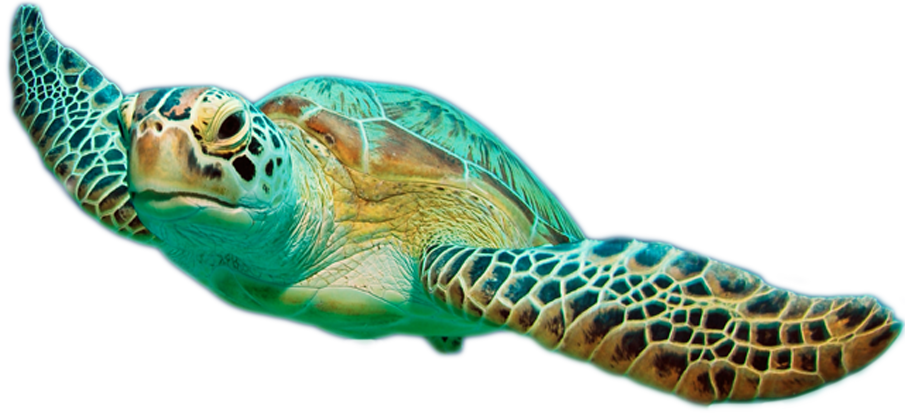A SHARED VISION FOR PROTECTING SEA TURTLES
BRINGING TOGETHER HUMANS AND AI TO DO GOOD IN THE GALAPAGOS

CITIZEN SCIENTISTS COME OUT OF THEIR SHELLS
As part of a partnership to bring the fastest, most productive AI and analytics to the world of conservation, SAS and the UNC Center for Galapagos Studies have launched a project asking online volunteers to play a “match game” with images of Galapagos sea turtles’ faces.
The goal is to use these thousands of images to crowd-train a SAS® computer vision model to accurately recognize individual turtles on its own. Then that model can be turned loose on even more turtle photographs to get more useful information into the hands of researchers faster than ever before. It only takes a minute to participate.
SEEING THE FUTURE OF SEA TURTLES
Galapagos green sea turtles, which can grow to 4 feet long and 500 pounds, live and nest in and around the Galapagos Islands. They can also live to be 90 years old or more, but omnipresent threats – from predators to pollution to other human impact – have made them an endangered species.
Galapagos researchers use images of all local sea turtles to monitor their health over time, but identifying individual turtles by their facial markings is time-consuming. The goal is for this novel approach to take that burden off researchers, using AI and computer vision to do the matching – leaving the experts to focus on proactively protecting these icons of the Galapagos.
HUMANS AMPLIFYING RESPONSIBLE AI
AI doesn’t happen magically. It relies on the expertise of people as the basis for its training data. The crowd’s input gives the AI models examples to learn from, and the accuracy improves as more examples are provided.
People are also kept front of mind when it comes to the output of this project, as part of SAS’ commitment to responsible innovation. Because as AI unlocks potential, it can also lead to unintended consequences for human well-being and agency if we don’t consider those possibilities and guard against them.
The beautiful thing about citizen science is that every single person with a phone can help. Because information is powerful, and the power of people to get that information is important. Technology now allows us to make that happen, and having a way of making it more automated is the next level. Juan Pablo Muñoz Pérez PhD Galapagos Science Center
With this project, that means ensuring that when applied to future unclassified images of sea turtles, the model would be trained to exclude or obscure the faces of any people in them to protect their privacy. At the end of the day, it’s important that using data for good produces no harm.
CONSERVATION WITH SCALE AND SPEED
The global challenge to protect endangered species like the Galapagos sea turtle is daunting, but SAS® Viya® infuses conservationists’ efforts with unprecedented speed and productivity. Our open analytics platform with cloud-enabled, in-memory processing provides accurate results at incredibly fast speeds. That means research data that previously took years to analyze can now be put to good use in a fraction of the time.
Read more about SAS’ other projects with the UNC Center for Galapagos Studies focused on hammerhead sharks and phytoplankton.
RECOMMENDED FOR YOU
NATURE
A DATA DEEP DIVE LIKE NO OTHER
The challenges – and rewards – of collecting data underwater to protect the health of the Mesoamerican reef.
Curious about SAS and the analytics that empower organizations everywhere?

